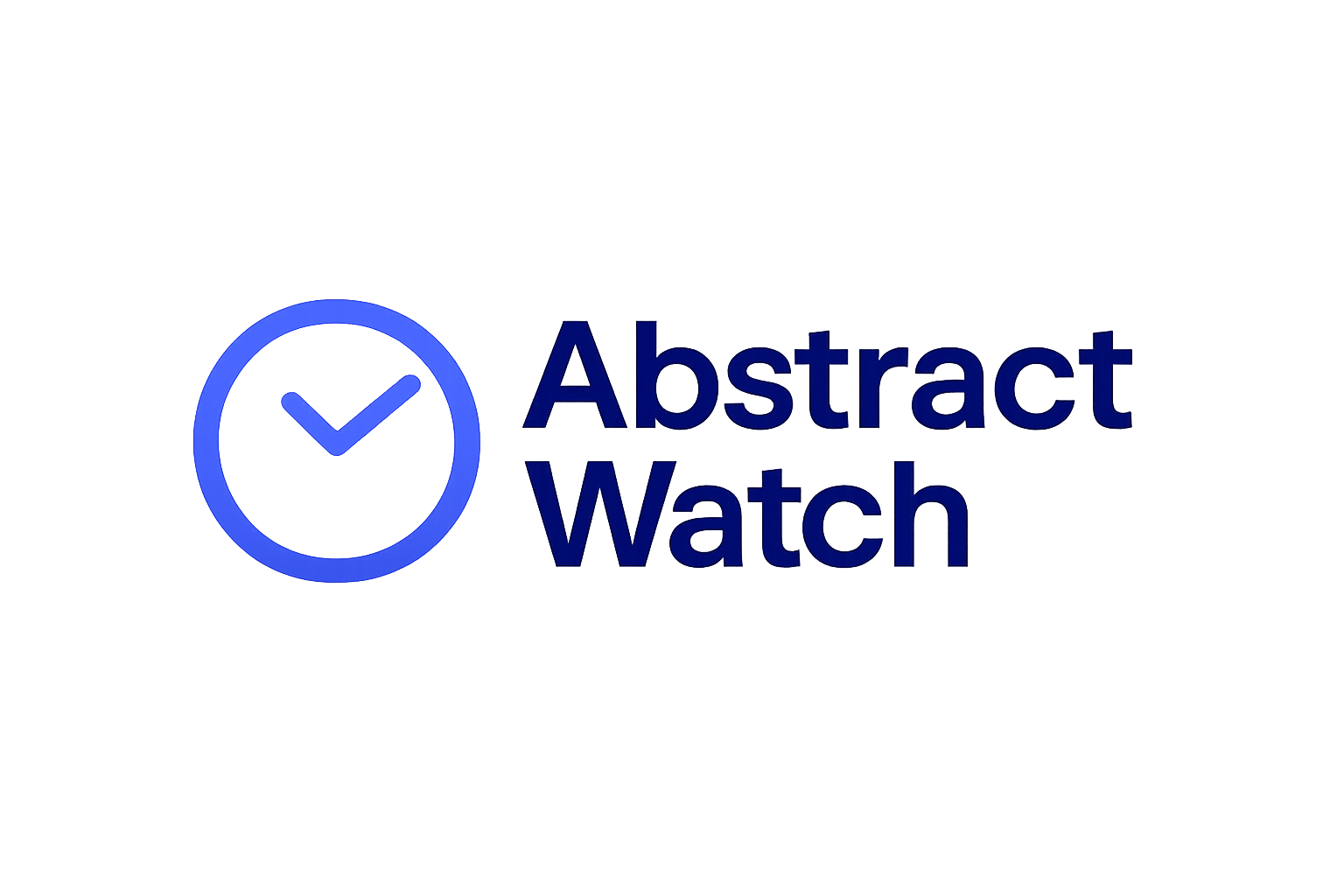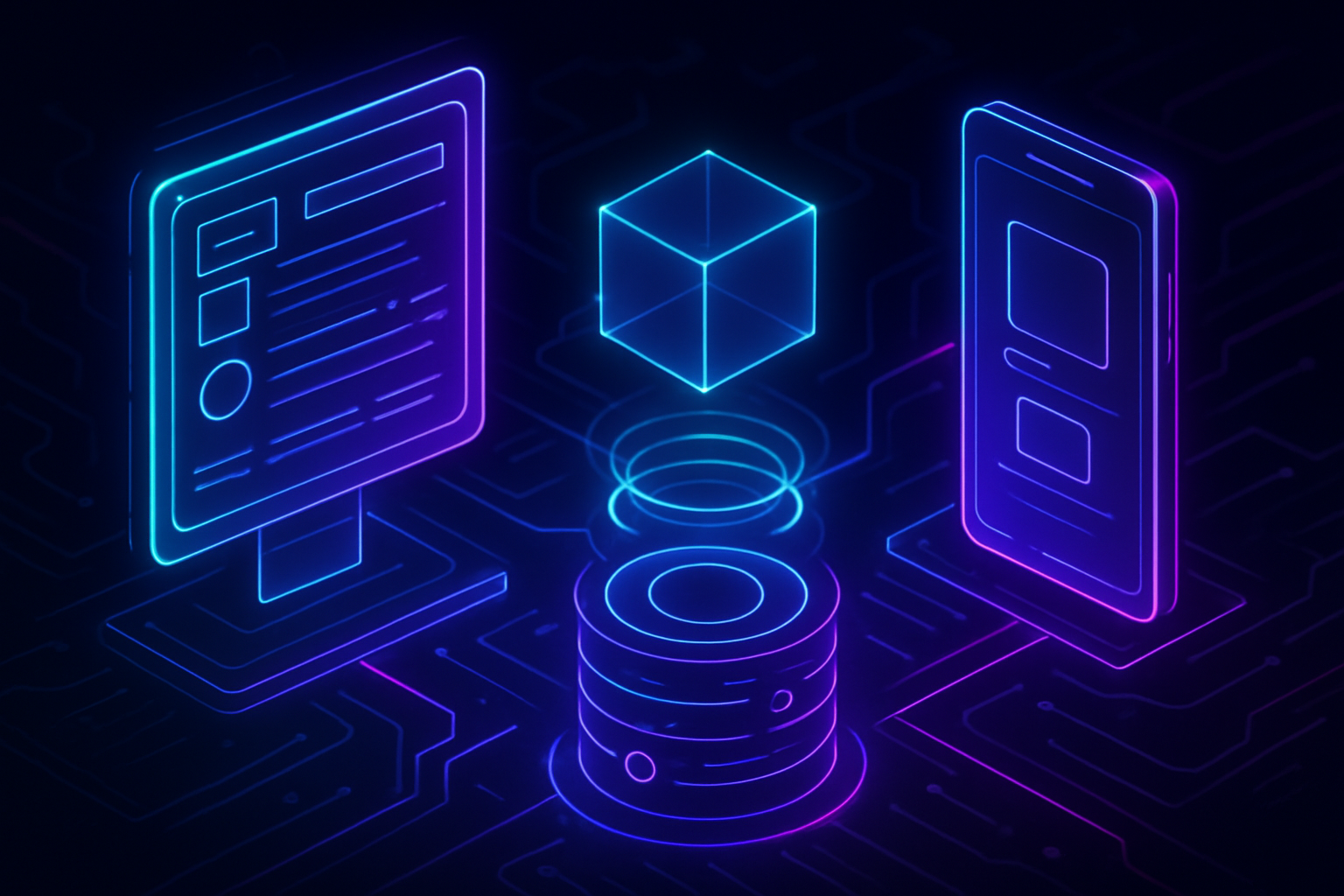
Blockchain development is undergoing a fundamental shift, as rollup-as-a-service (RaaS) platforms make instant appchain deployment not just possible, but practical for teams of any size. Gone are the days when launching an application-specific blockchain (appchain) required months of engineering, deep protocol expertise, and significant capital outlay. Today’s RaaS solutions abstract away the infrastructure grind, allowing developers to spin up scalable, secure rollups in minutes.

Why Appchains and Rollups Matter for Blockchain Scalability
The core value proposition of appchains is specialization. By dedicating an entire blockchain to a single application or ecosystem, you sidestep congestion and unpredictable fees that plague general-purpose Layer 1s. But the real breakthrough comes with rollups, which batch transactions off-chain and settle them periodically on a base layer like Ethereum or another L1. This architecture slashes costs and turbocharges throughput.
Rollup-as-a-service takes this a step further by offering plug-and-play rollup infrastructure. Instead of building from scratch, developers can select their desired rollup framework (OP Stack, Arbitrum Orbit, Polygon CDK, ZK Stack), configure parameters like gas token or block time, and deploy their appchain almost instantly. The result: purpose-built blockchains that scale independently from mainnet congestion.
The RaaS Advantage: Speed, Customization and Focused Innovation
The competitive edge of RaaS platforms lies in three dimensions:
Key Benefits of Rollup-as-a-Service for Developers
-

Rapid Appchain Deployment: RaaS platforms like Alchemy enable developers to launch custom appchains in minutes, drastically reducing time-to-market compared to traditional blockchain launches.
-
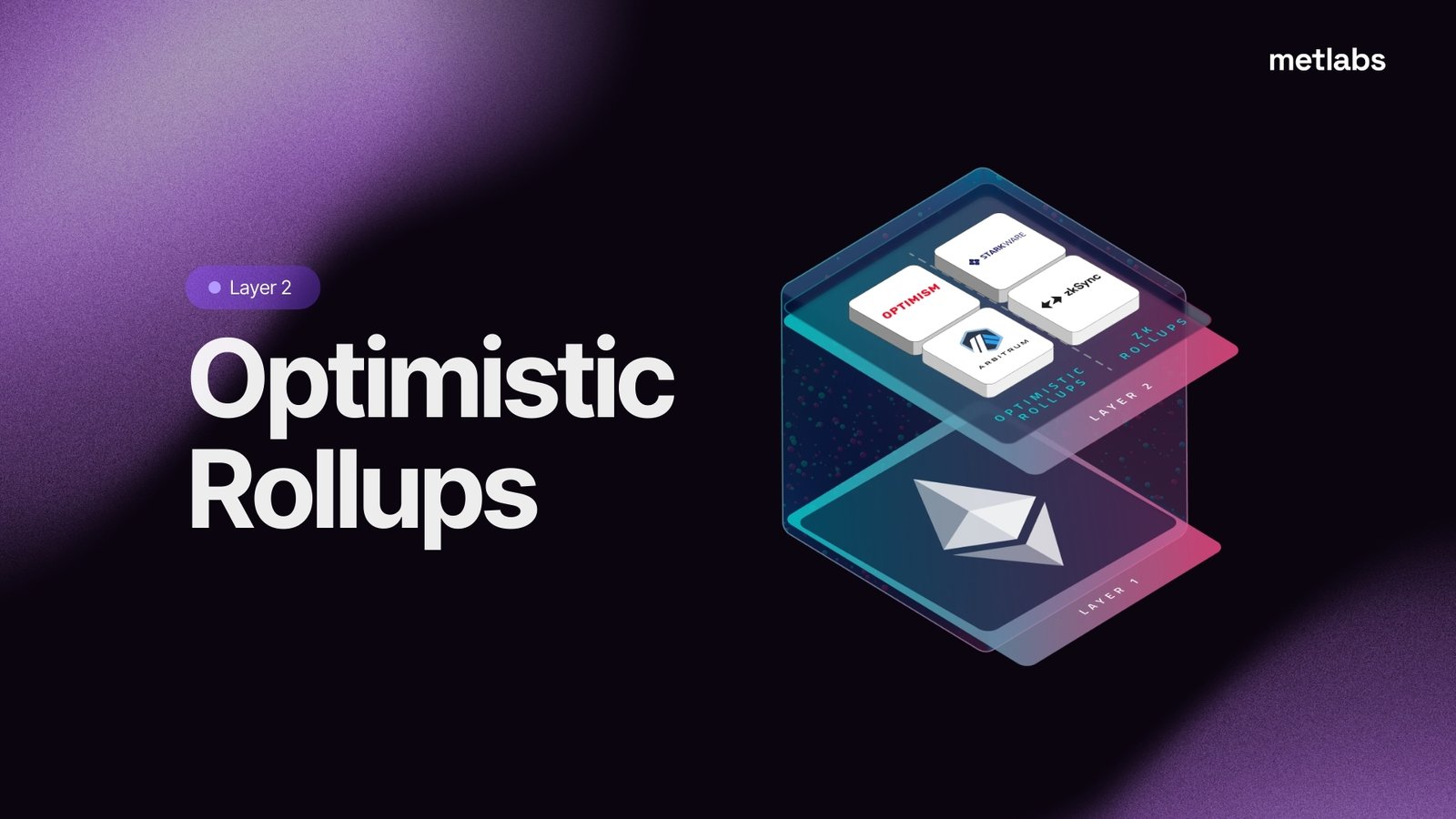
Cost Efficiency: By abstracting infrastructure management, RaaS providers minimize the need for dedicated engineering teams, resulting in substantial cost savings—especially valuable for startups and lean development teams.
-
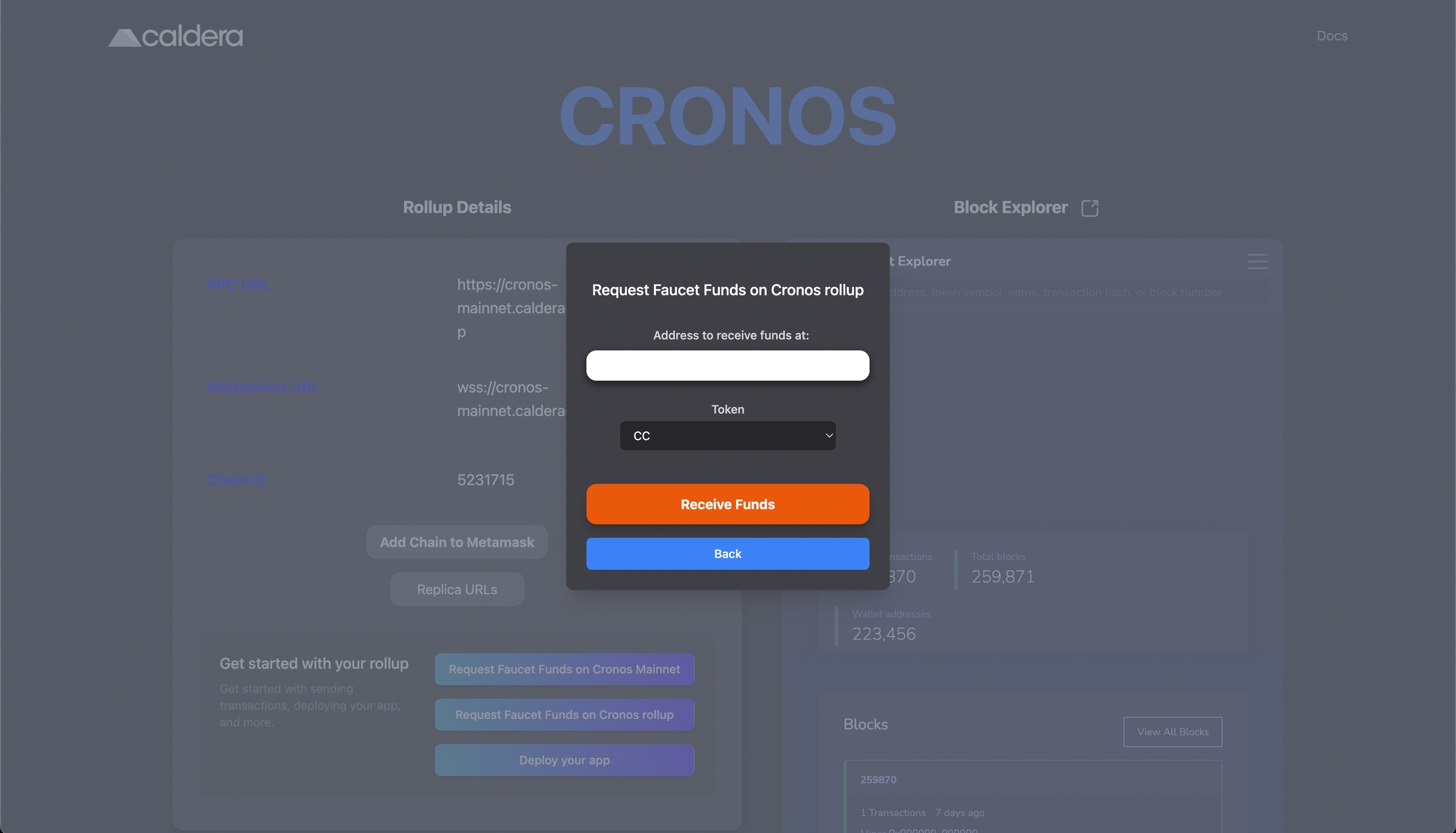
Customization and Flexibility: Platforms such as Caldera support multiple rollup frameworks (e.g., Arbitrum Orbit, OP Stack, ZK Stack, Polygon CDK), empowering developers to tailor appchains for specific use cases and optimize parameters like gas tokens and consensus mechanisms.
-
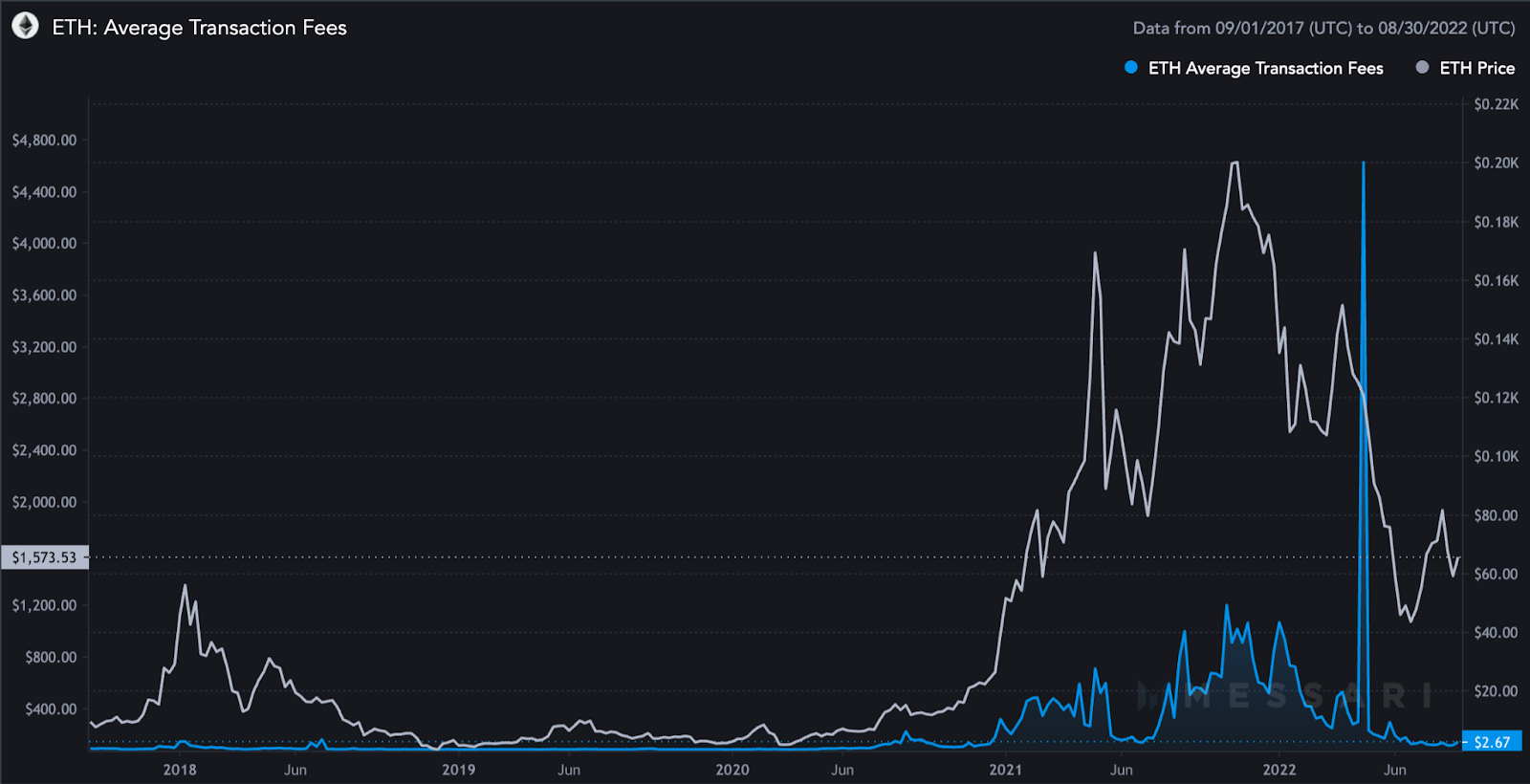
Scalability and Performance: RaaS solutions, including Quasm, significantly boost transaction throughput and reduce latency, addressing the scalability limitations of legacy blockchains.
-

Security and Reliability: Leading providers such as Instanodes offer enterprise-grade infrastructure, 99.99% uptime SLAs, and advanced security protocols to protect both on-chain and off-chain operations.
Rapid Deployment: Platforms like Alchemy and Caldera let you launch production-grade rollups in under two minutes. This speed is game-changing for startups racing to capture market share or established teams running hackathons and pilots.
Cost Efficiency: By abstracting node management, validator orchestration, monitoring, and upgrades into a unified service layer, RaaS dramatically reduces overhead. You don’t need a protocol engineering team just to get started – your resources stay focused on product innovation instead of infrastructure firefighting.
Customization and Flexibility: Advanced frameworks allow granular control over consensus mechanisms, cross-chain messaging support, fee markets, and even shared validator security setups. Whether you need ultra-low latency for DeFi trading or custom gas tokens for gaming economies, RaaS lets you build exactly what your use case demands.
The Modern RaaS Ecosystem: Providers and Technical Choices
The landscape is rapidly maturing with robust offerings from leading providers:
- Instanodes: Enterprise-grade reliability with 99.99% uptime SLA and multi-framework support (zkSync, OP Stack).
- Caldera: High-performance chains tailored for DApps needing massive throughput; supports Arbitrum Orbit and Polygon CDK.
- Conduit: Handles all operational complexity so devs can iterate quickly on OP Chains.
- Alchemy: Integrates seamlessly with their suite of developer tools; supports multiple rollup frameworks out-of-the-box.
This diversity means projects can optimize for performance metrics that actually matter – whether it’s transaction finality time or seamless cross-chain asset transfers via integrated messaging protocols.
Pushing Past Traditional Bottlenecks
The modular nature of modern RaaS platforms signals a broader trend toward infrastructure abstraction in Web3. Instead of wrestling with node deployments or custom consensus tweaks every time you want to experiment with new features or tokenomics models, you get a managed environment where these concerns are handled by experts behind the scenes.
This unlocks operational agility and lets small teams punch above their weight class – shipping faster while keeping security guarantees tight thanks to shared validator sets and enterprise-grade monitoring baked into the stack.
Another critical upside: scalability is no longer a guessing game. With RaaS, you can start with a minimal configuration and scale up seamlessly as user demand grows. This elasticity is essential for projects that want to avoid overprovisioning infrastructure or suffering outages when adoption spikes unexpectedly. The underlying rollup frameworks handle thousands of transactions per second, while state storage and computation are efficiently offloaded from the congested mainnet.
Security is equally paramount. Leading providers like Instanodes and Caldera integrate advanced security features, including automated monitoring, DDoS protection, and regular audits of both on-chain and off-chain components. Shared validator security models further reduce attack surfaces by distributing consensus responsibilities across trusted operators, minimizing the risk of downtime or double-spend attacks.
Real-World Developer Impact: From Ideation to Mainnet in Days
The impact on developer workflows is profound. Teams can iterate rapidly, deploying testnets for new ideas, running pilots with real users, and rolling out mainnet upgrades with zero infrastructure friction. This agility shortens feedback loops and empowers projects to experiment with new business models or governance structures without incurring prohibitive costs or delays.
For example, gaming studios can launch custom appchains tailored for in-game economies with unique gas tokens and fee markets. DeFi protocols gain the ability to fine-tune latency parameters for high-frequency trading use cases. Even enterprise consortia exploring private or permissioned blockchains benefit from RaaS’s managed compliance features and audit trails.
“RaaS platforms have shifted our focus entirely, from worrying about uptime to building actual value for users. “
This paradigm shift is further amplified by seamless integration with developer tooling: RPC endpoints, block explorers, analytics dashboards, smart wallet APIs, all available out-of-the-box from providers like Alchemy and QuickNode. Such integrations eliminate setup headaches and give teams instant access to production-grade infrastructure.
Choosing the Right RaaS Platform: What Developers Should Consider
The expanding menu of RaaS options means developers must evaluate providers carefully based on:
Key Criteria for Choosing a RaaS Provider
-
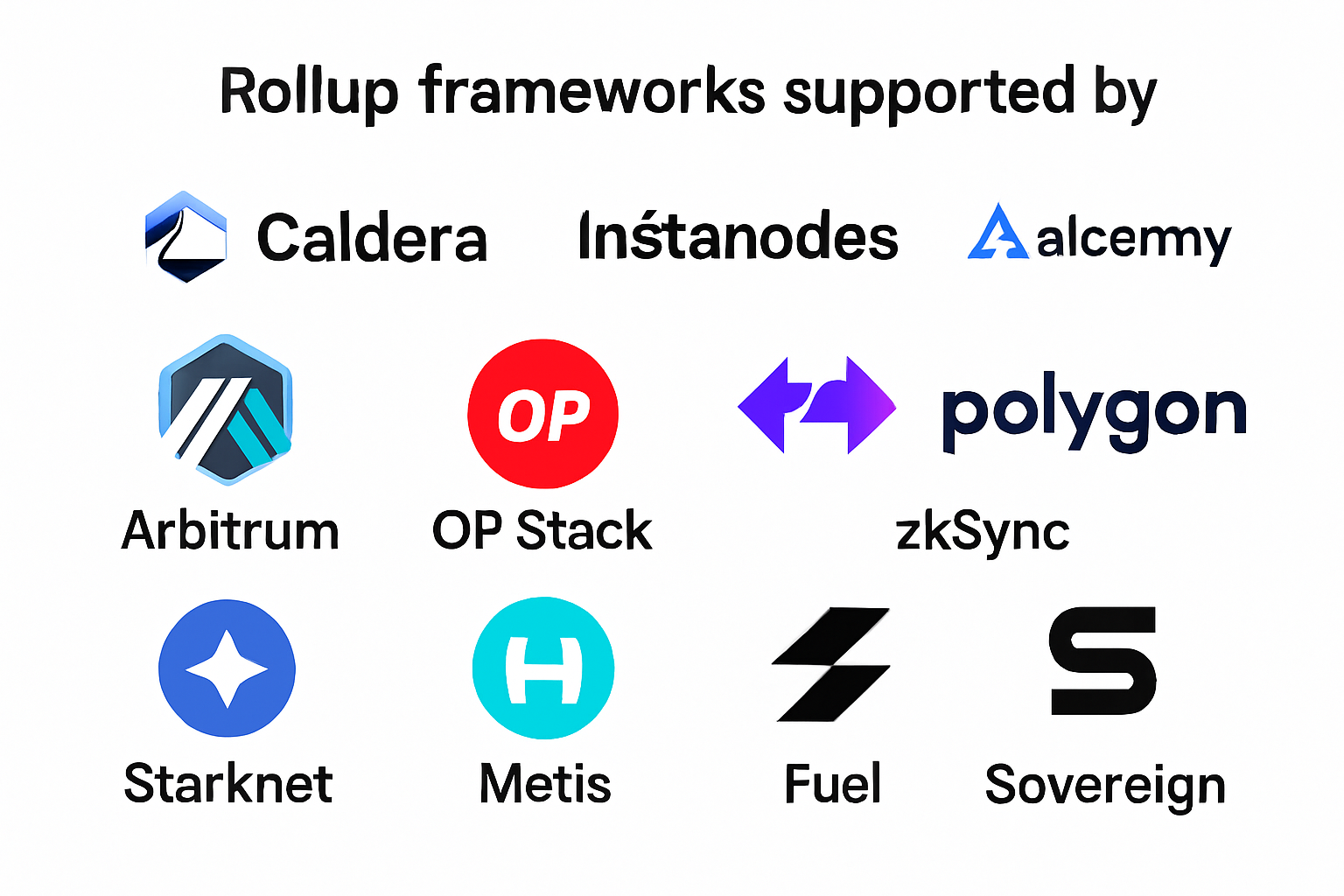
Supported Rollup Frameworks: Ensure the provider supports leading frameworks like Arbitrum Orbit, OP Stack, ZK Stack, and Polygon CDK for maximum flexibility and future-proofing.
-

Deployment Speed: Evaluate how quickly you can launch an appchain—top providers like Alchemy enable rollup deployment in under two minutes, accelerating time-to-market.
-
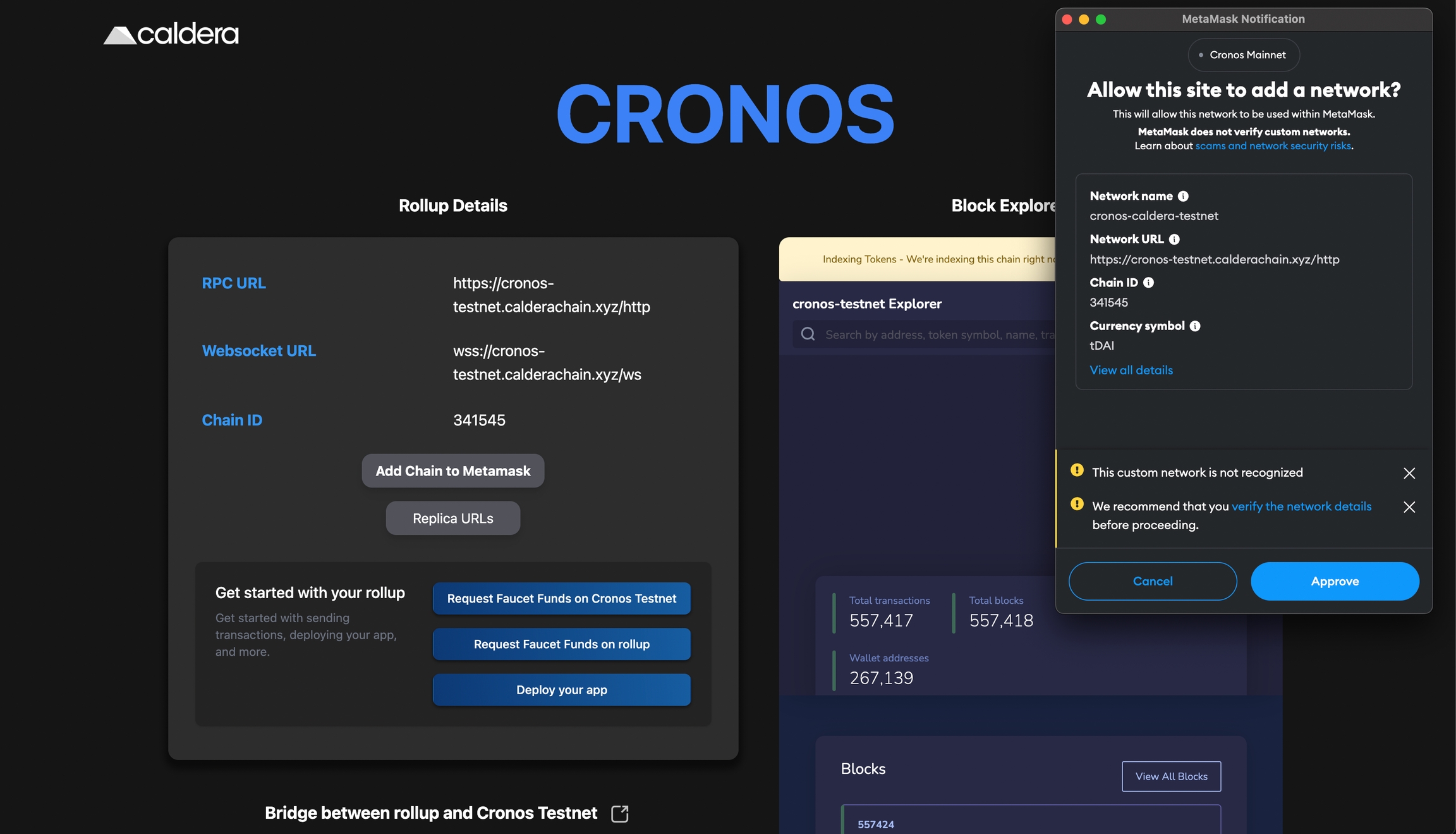
Customization Options: Look for granular control over parameters such as gas tokens, block times, and consensus mechanisms. Platforms like Caldera and Instanodes offer extensive customization.
-
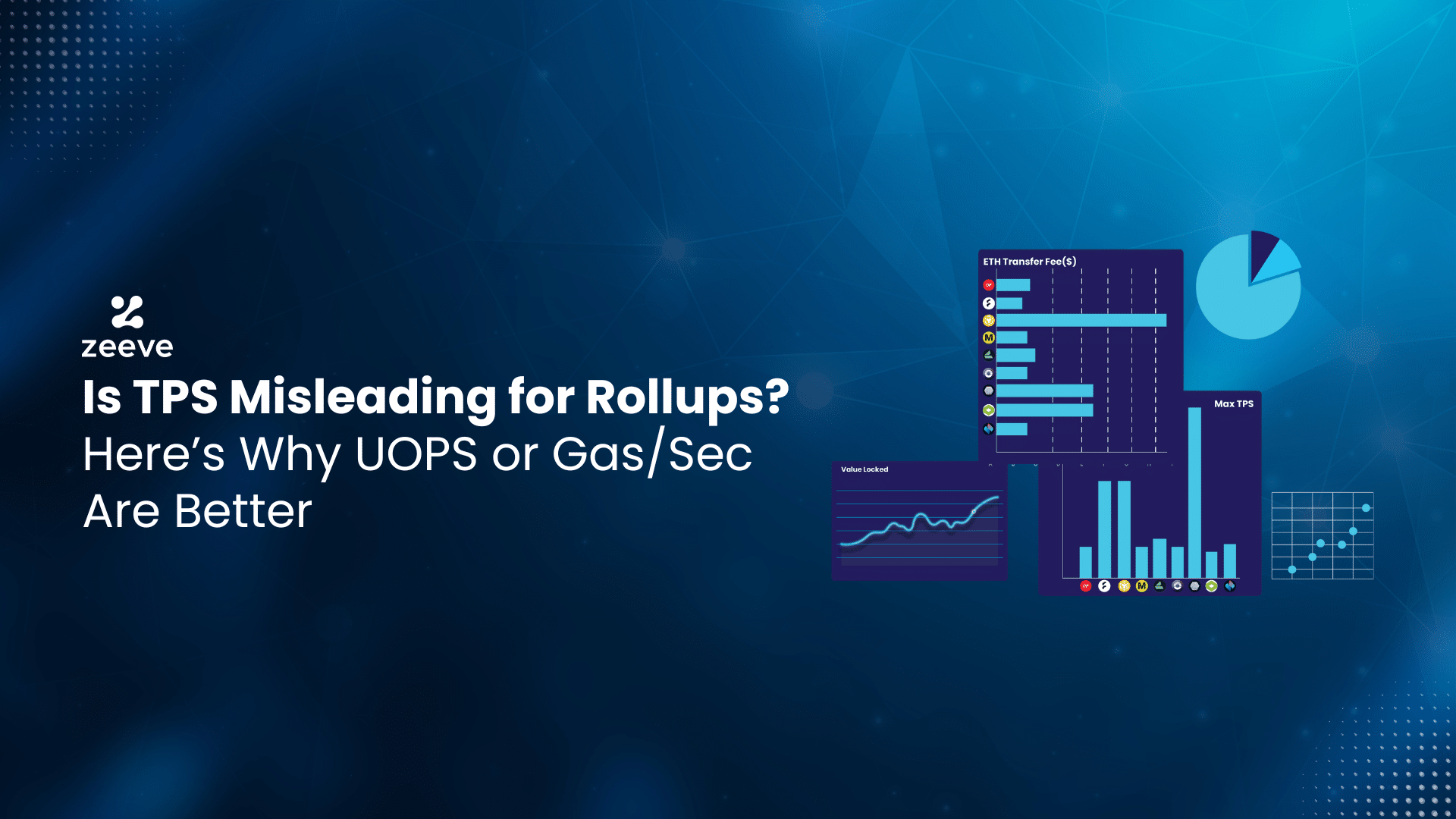
Scalability and Performance: Assess transaction throughput and latency. Providers such as Quasm and Instanodes optimize for high scalability, supporting thousands of transactions per second.
-
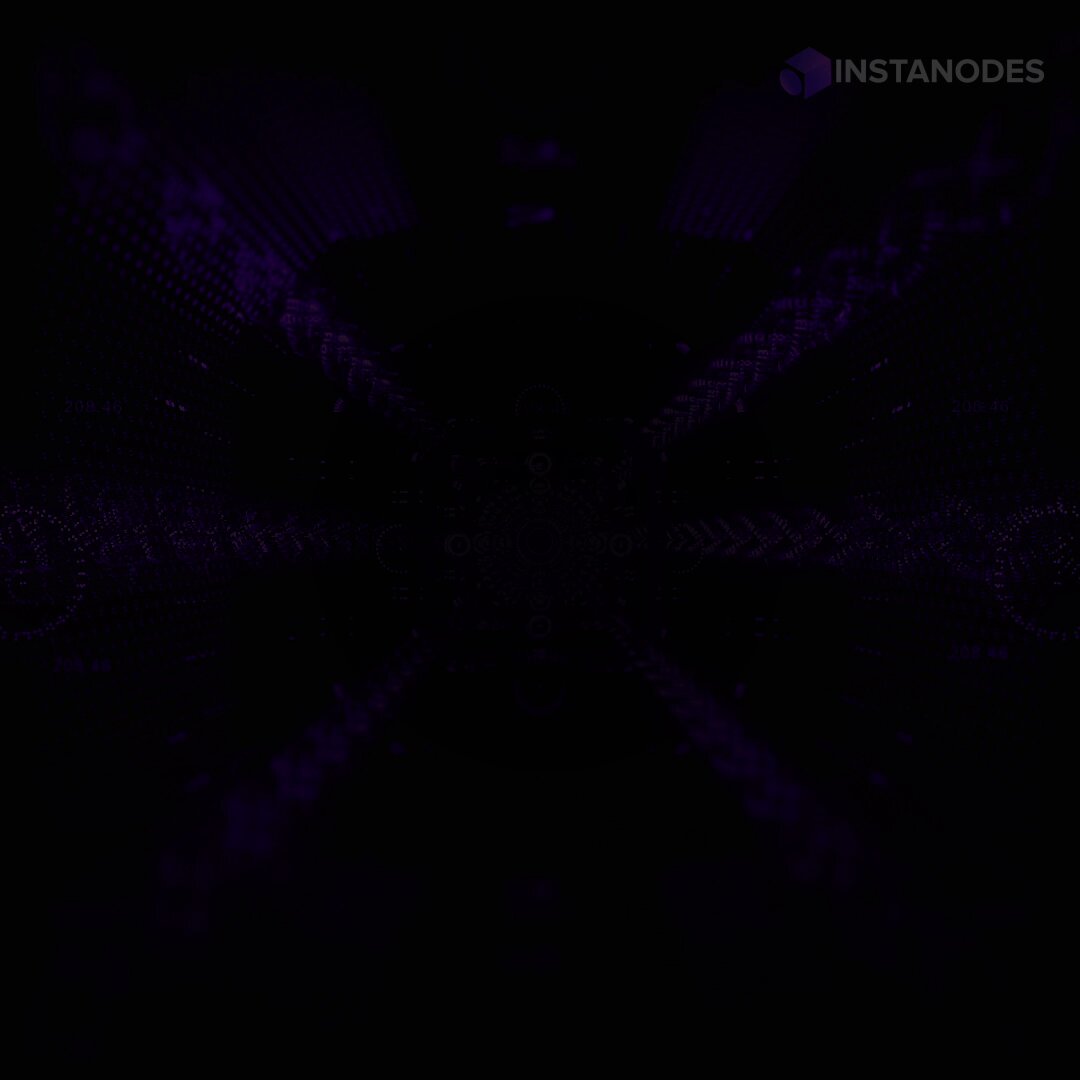
Security and Reliability: Prioritize platforms with robust security protocols and high uptime guarantees—Instanodes offers a 99.99% uptime SLA and enterprise-grade security.
-
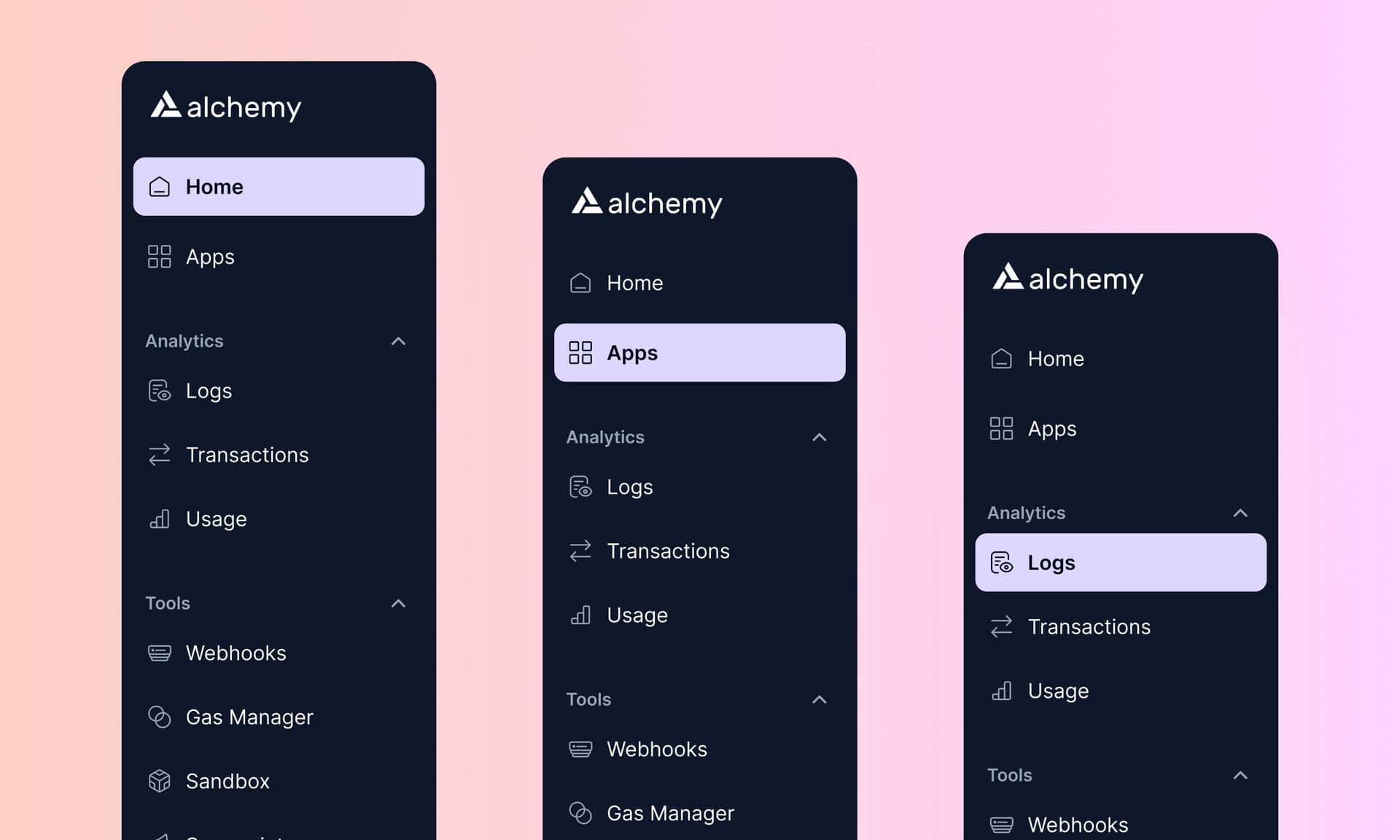
Developer Tools and Integrations: Choose providers like Alchemy that offer seamless integration with RPC nodes, APIs, and smart wallet solutions to streamline development.
-
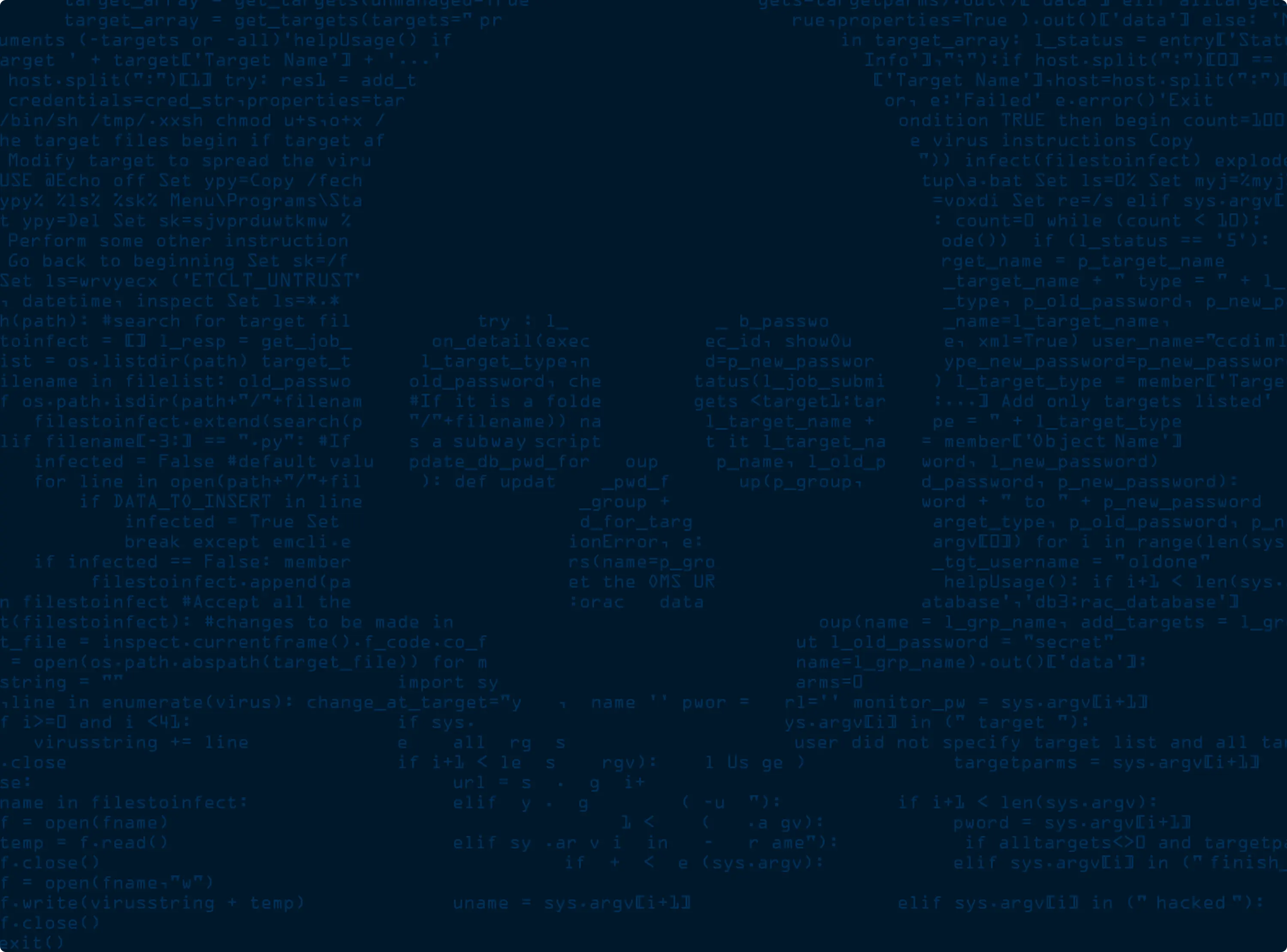
Cost Structure: Analyze pricing models and potential cost savings from infrastructure abstraction. Leading RaaS platforms provide transparent, scalable pricing ideal for startups and enterprises alike.
Framework compatibility: Does the platform support your preferred rollup stack (e. g. , OP Stack vs Arbitrum Orbit)?
SLA and reliability: What uptime guarantees are offered? Is there 24/7 support?
Customization depth: Can you tune consensus parameters, fee markets, cross-chain messaging?
Ecosystem integrations: Are analytics tools, wallets, bridges natively supported?
The right choice depends on your project’s technical needs and go-to-market strategy. For a deeper dive into how these tradeoffs play out in practice, and how one-click deployment is reshaping blockchain development, see this detailed guide.
Looking Forward: The Modular Blockchain Era
The rise of abstract rollups marks the beginning of truly modular blockchain architectures. As RaaS platforms continue to abstract away complexity while increasing flexibility, expect even faster innovation cycles across DeFi protocols, NFT marketplaces, decentralized social networks, and more.
If you’re ready to accelerate your appchain deployment, and leave infrastructure headaches behind, now’s the time to explore what modern rollup-as-a-service solutions offer. The future of blockchain scalability is modular, customizable, and instantly deployable.
